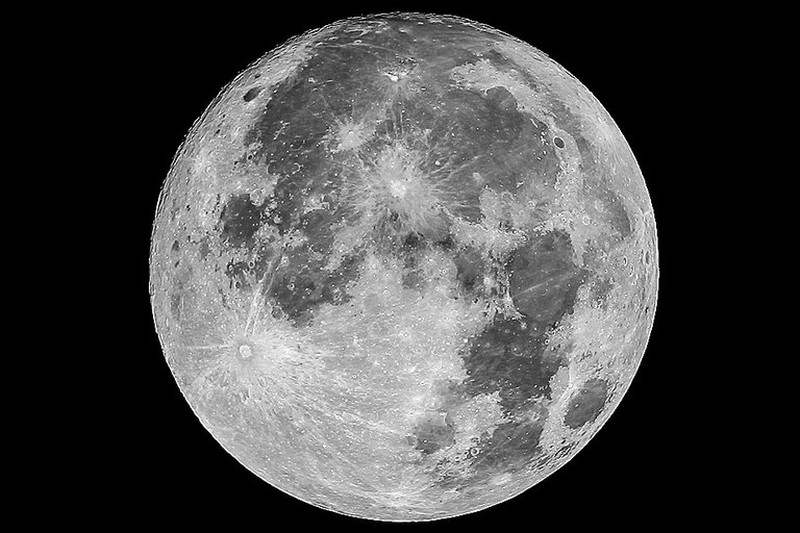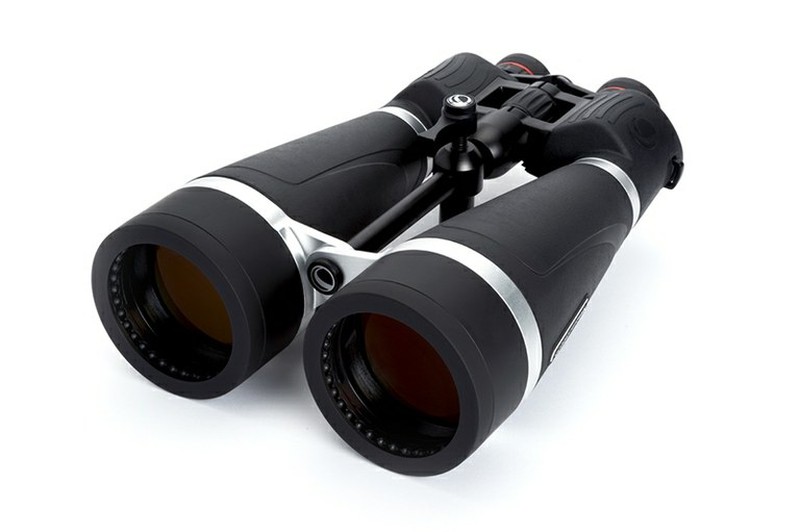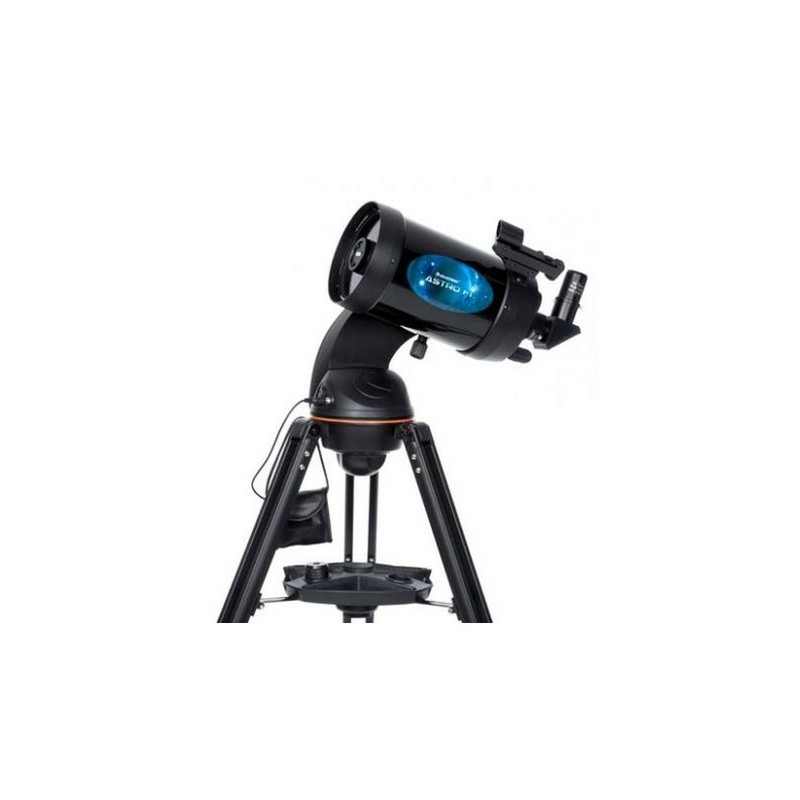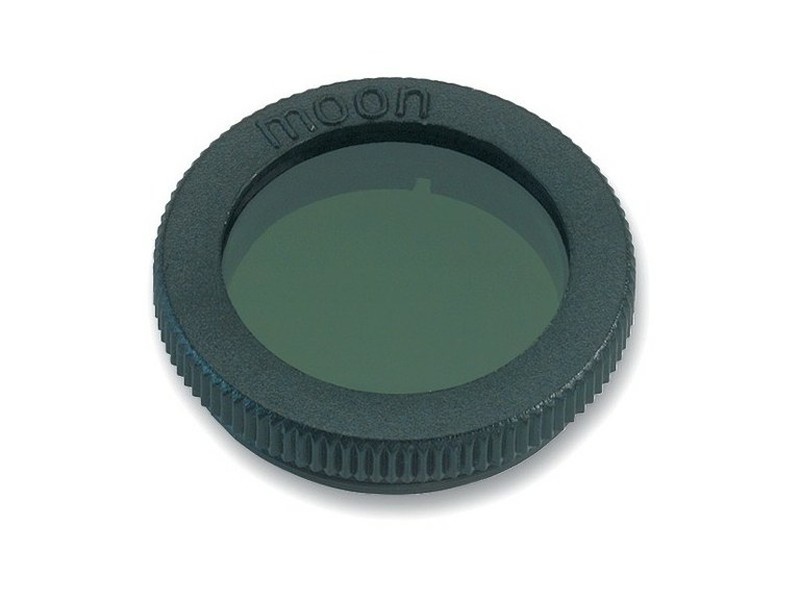Observe the Moon
The Moon is a first objective in astronomical observations, we discover the secrets to be able to contemplate it in all its splendor.

The Moon, the only satellite on Earth, is the first objective of our astronomical observations, from the naked eye to binoculars or telescopes. The moon is fascinating, perhaps because of the relative proximity, because of the hidden face or because of the aerospace exploits of the 20th century.
This 3474km diameter star is the 5th most important satellite in the solar system and compared to the planet with which it orbits, the largest of all. It is 1/4 of the diameter of the Earth and is located 348,400 km from Earth.
The influence of the Moon on Earth is more than proven, perhaps the most notable effect is the tides. Gravity and its effect of attraction is especially noticeable in liquids, and these occupy a large% of the Earth's surface and the content of its inhabitants.
The Moon, being the closest star to us, is the one that offers us the most observation facilities and is normally the first astronomical observation. This observation does not need to be with a powerful telescope, with the naked eye or with suitable binoculars, we can already see infinite details.
As we already know, the Moon has different phases. On a new moon a good observation is not possible, therefore we recommend the increasing phase, the full moon and the initial phases of the decreasing one. In full moon we will see the Moon in full, and it is normally the phase chosen for its observation. Of course, we will often have to use the moon filter to reduce the indirect brightness of the sun.
We can observe from its complete surface to the most impressive details of the craters, seas and other surfaces. Another stellar observing moment will be during lunar eclipses, when Earth comes between the Moon and the Sun, casting its shadow on the Moon.
We can observe the moon:
- Naked eye
- With binoculars
- With ground-based telescopes
- With astronomical telescopes
Astronomical binoculars for lunar observation must have more than 10x magnification and an aperture of 50mm or greater. With them we can observe all its surface and details of the craters.
Terrestrial telescopes give us much more magnification and therefore more detail, especially on their surface. It will also allow us to take photographs, using the digiscopping technique.
Astronomical telescopes are the tool that will give us more detail and better observation. The magnification range will allow us to see from a general plane to the greatest detail of its surface, we must bear in mind that with a powerful telescope we can exceed 200X.
The most useful tool for observing the Moon with the telescope is the lunar filter. This filter reduces the excessive brightness of the Moon when we observe it in its most complete phase. This brightness, which is the light reflected from the sun on the moon, can be very annoying for our eyes, and in sensitive people cause some damage to sight.
Another element to consider is the eyepieces. For lunar observation we usually use the eyepieces that provide us with a greater field of vision and a moderate magnification, usually greater than 10mm focal length. Only if we want to observe the craters in great detail will we use small focal length eyepieces, less than 10mm.
Finally we will mention an indispensable tool if we use astronomical binoculars, the tripod. This will be essential to stabilize the image and prevent us from getting tired holding binoculars, which usually are heavy and bulky.









Opinions of our clients
Receive our news